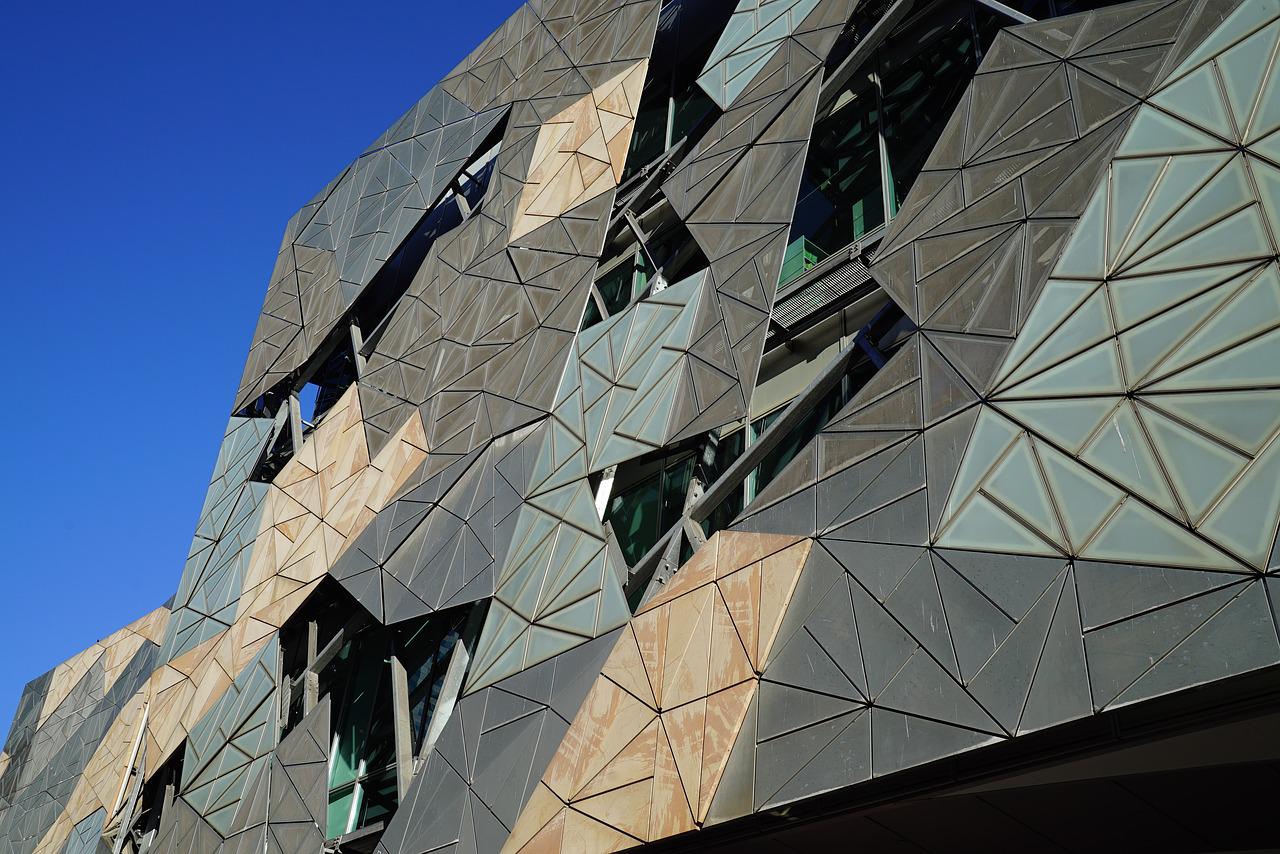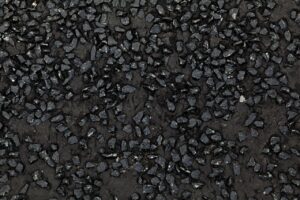Last Updated on June 6, 2023 by Eng Katepa
Cladding is the application of one material over another to provide a skin or layer. In construction, cladding is used to provide a degree of thermal insulation and weather resistance, and to improve the appearance of buildings. Cladding can be made of a wide range of materials including wood, metal, brick, vinyl, and composite materials that can include aluminum, wood, blends of cement, recycled polystyrene, and wheat/rice straw fibers. Cladding can be carried out on exterior walls as well as on interior walls.
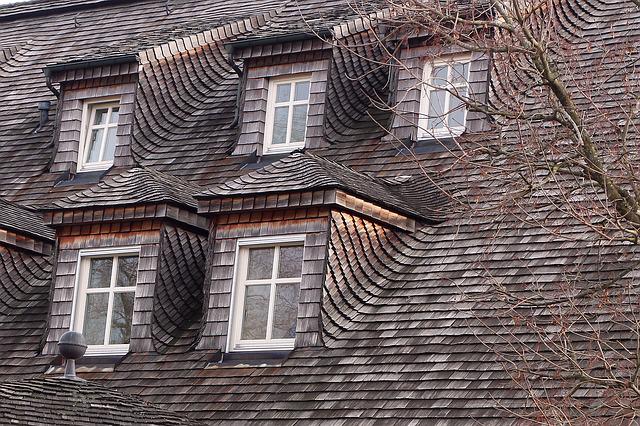

What is the Purpose of Exterior House Cladding?
In earlier times, houses were built using solid walls, and locally available exterior cladding materials like brick, timber, or stone were applied for the process. As the 20th century set in, the industry witnessed a change in the standard practice, where cavities between the outer and inner walls were used for wall building. These were often referred to by the terms skins.
The load-bearing responsibilities were carried out by the internal leaf, while the outer leaf took care of the weatherproofing requirements. Note that the heat in such homes was retained by inserting insulation between the leaves.
Since the external wall didn’t have to rest on the ground anymore and could be hung off the internal skin instead, it could be designed using much thinner parts. The external wall is built primarily to prevent weathering of the internal wall and is used to provide a degree of thermal insulation and weather resistance, and to improve the appearance of buildings.
Choosing the Right Cladding Material
The primary concern with regard to house cladding is the way it will affect the appearance of a house. Homeowners often worry about whether this addition will efficiently complement the overall style of their home.
Your choice might be dictated by the planners in your region, especially if you intend to complete it as a self-built project. They might expect you to choose a cladding material that goes with the surroundings in the home or the neighboring properties.
Other points to consider are the maintenance required to keep the house cladding intact over time, how it will be fixed, and the expense of the materials. You must also figure out the right service or individual for the installation. You may also consider doing it on your own.
As far as the materials for house cladding are concerned, there is a wide range of options, including the following materials:
- Stone
- Timber boarding
- Render
- Brick
- Flint
- Vertical tiling
- Porcelain tile
- Metal panel
- Fiber cement
- Modern synthetic varieties
- uPVC
- Precast concrete
- Glass-reinforced plastic
Types of Cladding Materials
1. Wooden House Cladding
Timber is among the most widely used materials for a range of furnishing and renovation projects, thanks to its extreme versatility. House cladding is no exception, as many homeowners trust this option more than other types when it comes to providing long-lasting protection to the internal walls.
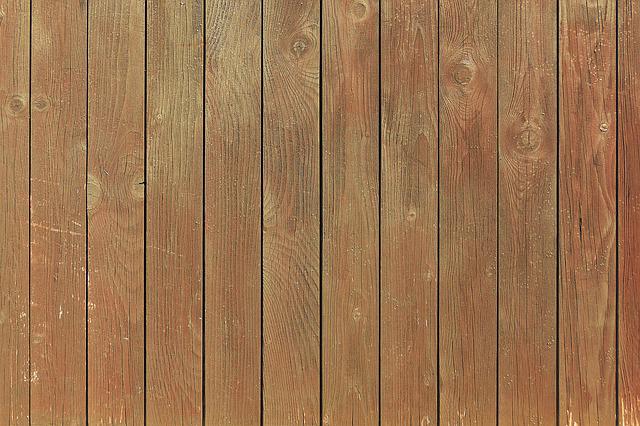

Note that wood or timber cladding is available in various options that range from heat or chemically-treated timbers to softwood.
If budget is a constraint for you, softwood cladding will be an efficient option to go for. Some of the more cost-effective softwood options are pine and spruce. A point worth noting here is that softwoods like these will require painting and priming, along with consistent maintenance, including repainting and preservative treatments.
This variety might turn out to be costlier than a few hardwood varieties. However, this won’t be a concern if you’re ready to switch to other options quickly.
In recent times, there has been an increase in the use of timber in unstained form. These include larch, spruce, chestnut, and oak. A major advantage of going for these varieties is that they can deliver decades of service without the need for a surface coating. Weathering also provides them with a more attractive appearance over time.
Wooden boards are supplied in different ways, but you can put up wood cladding by yourself if you intend to save money. Notably, heat-treated options like Kebony, Accoya, and Thermowood are efficient choices as well. That’s because such treatments decrease their moisture level, thereby making them more stable compared to untreated timber.
2. uPVC Cladding
Another highly cost-effective option in comparison with other materials is uPVC cladding. There are a few premium-quality options that might cost almost the same as timber.
This external cladding material is basically made using cellular PVC with the help of a manufacturing process that leads to the formation of two layers. It’s available in timber-like, colored, and white variants and contains titanium dioxide on the external part that offers great UV resistance. This implies that good-quality uPVC variants are long-lasting and require minimal maintenance.
This cladding material is also simple to fix using DIY methods, as it’s lightweight and sold as convenient interlocking boards.
Note that the detailing on such material isn’t as delicate as that of wood. While it requires lower maintenance than timber equivalents, it can discolor over time unless you spend slightly more on versions of higher quality. Some of those variants may come with discoloration guarantees of up to 20 years.
3. House Rendering Cladding
Rendering is commonly used in many contemporary homes for its diverse benefits and uses. These come in different types ranging from lime renders that provide greater breathability to old properties to crisp and contemporary monocouche renders.
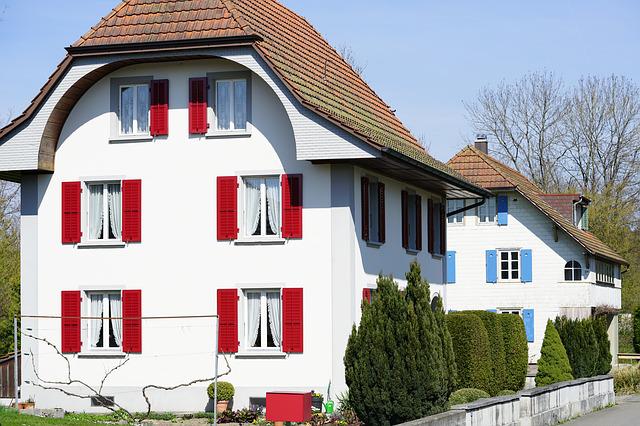

The latter type utilizes white cement and comes pre-colored so that you get a weatherproofing layer with a decorative finish. You can also apply these in a single coat that’s around 15 mm thick. While they might be more expensive initially, they are not as labor-intensive as traditional renders.
Another point to note is that monocouche render is supplied in bags and is ready to be mixed with water. It’s then applied using either hand trowels or sprayed onto the surface.
In case you’re willing to spend a bit more, a through-colored render is a non-paint and convenient option. It also requires lower long-term maintenance, so you probably wouldn’t have to repaint them for five to 10 years.
4. Hanging Vertical Tiles Cladding
If you’re a fan of traditional finishes, vertical tiles are worth considering. However, keep in mind that they don’t come at very cheap rates, with tiles made of handmade clay being costlier than concrete-based cladding.
Installing such tiles can add considerable character to any building. You will also get contemporary options for hanging tiles, such as large-format porcelain tiles. This type also comes in several finishes and colors, making it quite adaptable for creative applications.
You can also customize them to create different patterns or a single pattern across the building. Speaking of the functional benefits of this type, it possesses superior insulating properties, which makes it ideal for cold climates.
5. Charred Timber Cladding
Next up is another traditional cladding option created using a Japanese technique, whereby wood is burnt slightly and then cured using natural oils. Also called Shou Sugi Ban cladding, charred timber sliding has been adopted for centuries in Japan.
Note that the heat treatment followed by the curing process gives the timber a black, attractive finish that creates ample visual interest. This type is also extremely resistant to bugs and weather, so it won’t require the use of any pesticides or chemical preservatives.
6. Fiber Cement Cladding
Created by combining sand, fiber, and cement, this cladding alternative can be modified to look like clapboard, shingles, and batten and board. Interestingly, it’s often called “Hardiplank” or “Hardie board”, after the notable manufacturer of cement siding, James Hardie.
Fiber cement cladding is made to be waterproof and prevent damage due to heavy winds, hail, salt air, insects, and rot. Unlike many other cladding options, it isn’t flammable.
Notably, such material can come with warranties of as long as 50 years, and their life span is often assumed to be even longer. Fiber cement cladding has a remarkably realistic appearance since you can make it appear like brick, natural stone, or real wood. In case you select any solid color, it’s easily possible to paint such cladding.
But a downside of this option is that it isn’t recyclable even though it’s environmentally neutral. Apart from that, you’ll have to wash the sliding at a gap of two years and paint it every 10 years.
7. Metal Cladding
This type of exterior cladding has gained much popularity owing to its longevity and low maintenance requirements. Once installed the right way, it can last for decades as it won’t be damaged by snow or rain, and neither acts as a fungal growth medium.
Its insect-proof characteristic is another advantage, which implies you won’t need to spend extra on spraying the cladding as with a wooden alternative. The metal cladding is also fireproof and would help guard the home in case a fire strikes your home.
Notably, the types of metal cladding you can apply to your home include aluminum, galvanized steel, copper, and zinc. Each of these metals, in turn, comes in different finishes and architectural styles.
Metal cladding isn’t a very environment-friendly practice as it requires mining, but the material is recyclable, with several companies offering recycled sliding panels and steel roofing alternatives. Another point to remember is that metal cladding is prone to denting.
While steel is more resistant compared to aluminum cladding, it’s costlier and might develop dents on exposure to major hailstorms. In such cases, the replacement will also be quite expensive.
8. Stone Cladding
For those homeowners who prefer a classic, warm appearance, stone cladding is the perfect alternative. At the same time, the use of some particular varieties of stone can help create a contemporary look.
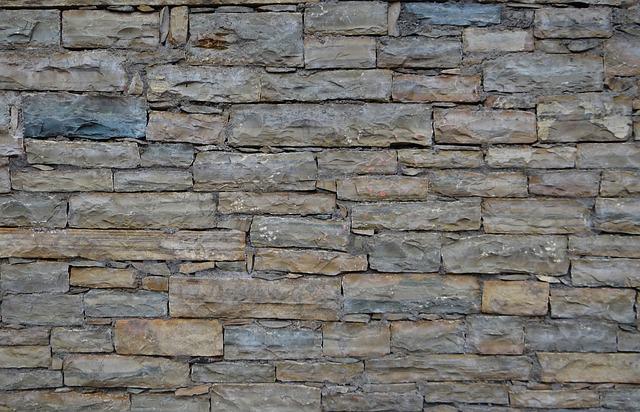

You’ll be glad to know that this type of home cladding is much cheaper than utilizing solid stone for constructing a house. In fact, some varieties come at similar rates as render cladding.
The types suited for cladding include slate, limestone, and sandstone. Local planners often dictate the stone type to utilize for your home based on the stones locally available in that area.
9. Glass Cladding
These cladding panels can impart a modern look to any property while providing natural light in plenty. Remember that they’re a pricey alternative per square foot, though they require less maintenance. You’ll have to clean them once annually to ensure they remain intact in the long term.
Cladding made of glass is a popular choice among architects striving to make a design statement on any building. Several world-class multi-storeyed buildings have utilized this type of cladding. It also offers great weather resistance and doesn’t change shape or warp with time.
10. Brick Cladding
Though brick was traditionally laid as a ground-bearing, self-supporting wall, the use of brick slips or skins has gained popularity over the past few years. These slips are hung off a base that’s fixed to an inner wall.
Their thin structure makes them a great choice for installing external insulation in any home. While they can be laid pretty quickly, remember that they are among the costlier options for house cladding.
Another concern is that they are not as eco-friendly as several other cladding materials. This is due to the enormous energy required to make bricks and the greater carbon footprint of the brick and cement industry.
11. Stucco Cladding
This term refers to a cement plaster generally made using Portland cement, water, and sand. However, the traditional technique applied lime along with water and sand. Note that horsehair or some other fibers are also applied sometimes.
A particular variety of stucco known as synthetic or acrylic stucco is used to lend a crack-proof finish to cement plasters. It may be applied directly to the metal lath over wood-framed walls and concrete or masonry walls. Plus, you can color stucco by mixing some pigments with the cement plaster blend.
Its excellent insulating capability is what puts this wall cladding material ahead of many others. It can also seal the interiors tightly to decrease sound and also function as a great fire retardant.
However, the higher installation costs are a downside, as it needs to be put up in multiple layers. It also isn’t suitable enough for areas experiencing heavy rains or with perpetually wet climates.
12. Glass-Reinforced Plastic
GRP is a light, resilient material that can be molded in various shapes. It is popular for streamlined, modern structures but can also be used to imitate traditional forms.
The principal constituent materials are polyester resin and glass reinforcement. An outer ‘gel coat’ of resin may be used as a decorative coating.
Important Considerations When Choosing Cladding materials.
The physical factors considered include the physical characteristics of the materials, such as structural, chemical, and thermal resistance; economic factors the initial construction, maintenance, and removal costs; and durability factors including the type and the frequency of defects that occur in the cladding material.
The cladding materials are selected at an early stage in the development of the design to suit the architectural concept. The normal criteria for the selection of cladding material are:
1. Appearance
To create a particular visual impression or aesthetic look of the building to complement the function of the building.
2. Cost
A limited budget will restrict the choice of materials or systems.
3. Weight
Heavy cladding systems (generally masonry and precast concrete) may affect the cost of the frame. Large panels may be impractical on congested sites or where there is no craneage.
4. Robustness
Some materials are vulnerable to impact or vandalism. Designs may use lightweight cladding at a high level and plinth walls of brickwork or concrete to cope with ill-treatment at ground level.
5. Quality and Durability
When a cheap cladding system is proposed, savings in initial construction costs must be balanced against anticipated lifespan and likely maintenance requirements.
6. Maintenance
The maintenance demands of cladding influence its overall cost. The lesser the maintenance demands, the more your savings will be in the long run.
7. Insulation
Cladding systems can contribute to overall structure insulation values. Installing cladding on the exterior of a building can help you maintain a moderate temperature. The higher the insulation value of the cladding you choose, the more savings you can make on energy consumption.
8. Protection
The cladding you choose should offer protection from fluctuating weather conditions. The cladding material and installation design should also be vermin resistant. Pick a cladding with a non-reactive surface as this would help augment the protection for your structure.
9. Aesthetics
After all, architecture actually has to look good. When choosing a material for cladding, go with something that complements the overall aesthetics of your building, its context, and the overall sense you want the building to give. Wood cladding gives a warm vibe, while metal cladding achieves a more futuristic and contemporary aesthetic.
10. Availability
Before deciding on a specific exterior cladding material and setting high hopes, you have to check its availability. The availability criterion plays an important role in the decision-making process even in the long term—an important question you have to ask is whether you will be able to replace this cladding material when needed or not.
FAQs
What is cladding?
Cladding is the application of one material over another to provide a skin or layer. In construction, cladding is used to provide a degree of thermal insulation and weather resistance, and to improve the appearance of buildings.
What are the factors to be considered when selecting cladding material?
- Cost
- Maintenance
- Availability
- Aesthetics
- Protection
- Insulation
- Quality and Durability
- Weight
- Robustness
- Appearance
What are the types of wall cladding?
- Stone
- Timber boarding
- Render
- Brick
- Flint
- Vertical tiling
- Porcelain tile
- Metal panel
- Fiber cement
- Modern synthetic varieties
- uPVC
- Precast concrete
- Glass-reinforced plastic
What is the Purpose of Exterior House Cladding?
In construction, cladding is installed purposely to provide a degree of thermal insulation and weather resistance, and to improve the appearance of buildings as well.
We hope this article helped you learn about Cladding: Types and Considerations In 2023. You may also want to learn about The Contractor | Types, Responsibilities, and Conditions You Need To Know, What is Civil Engineering? | History and Functions, Aluminium and Copper as Building Materials, and Brick Masonry | Advantages and Disadvantages.
If you liked this article, please Join WebsiteForEngineers on Telegram, and you can also find us on Pinterest, Twitter, and Facebook.
